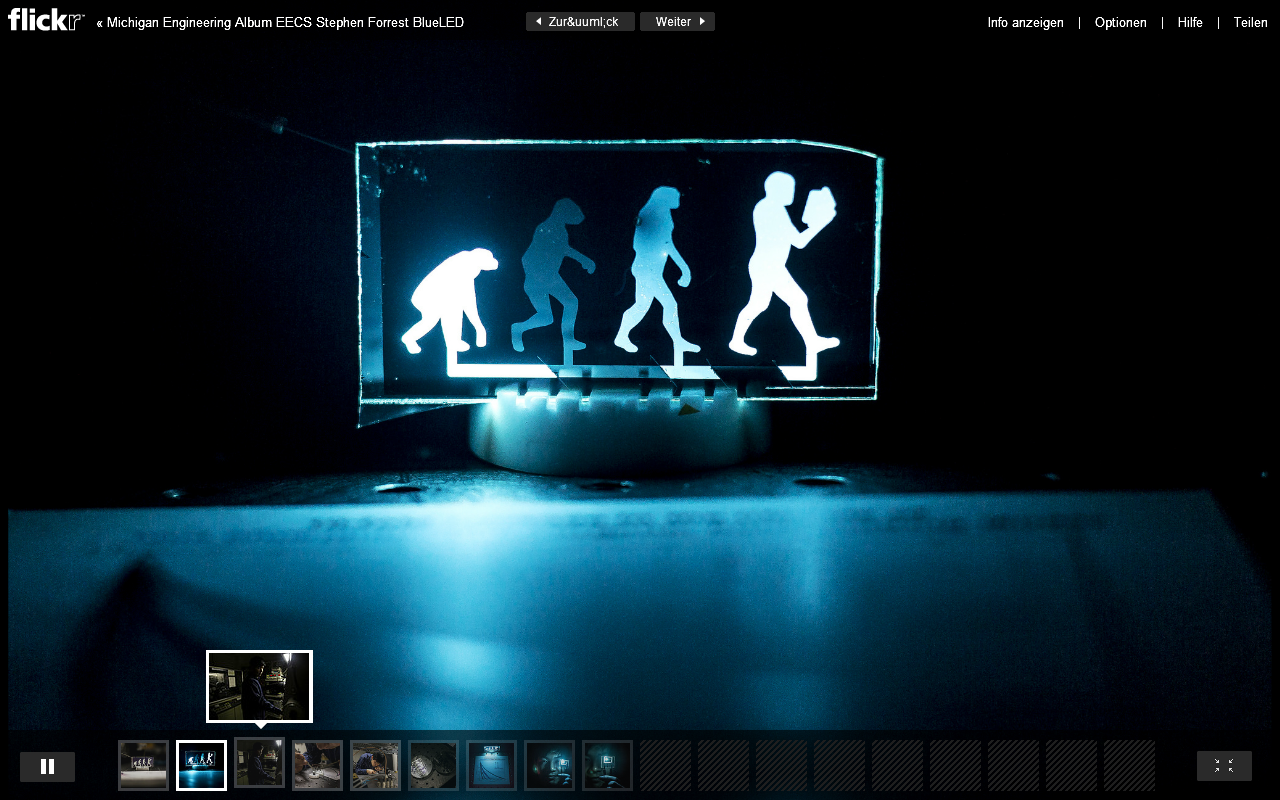High-k für Alle - A very nice overview of the High-k/Metal Gate transistors that enabled the mobile revolution that we have enjoyed in the last years. Atomic Layer Deposition is definitely part of this revolution amongst other semiconductor manufacturing techniques. Originally published for the Advanced Semiconductor Manufacturing Conference (ASMC), 2014 25th Annual SEMI (19-21 May 2014) by Dick James at Chipworks. Many of these has been published earlier by Chipworks and this paper covers them all and is therefore a very good overview for anyone into high-k and modern transistors.
Dick James Chipworks Inc., Ottawa, ON, Canada
Dick James Chipworks Inc., Ottawa, ON, Canada
Advanced Semiconductor Manufacturing Conference (ASMC), 2014 25th Annual SEMI, DOI: 10.1109/ASMC.2014.6846970
Abstract: 2007 saw the introduction of the first high-k/metal gate (HKMG) devices into the marketplace. This marked the return of metal-gate technology on silicon for the first time since polysilicon gates became ubiquitous in the early 1970s. Intel was the first to use high-k/metal gate in its 45-nm product. Other leading-edge manufacturers have now launched HKMG products in both gate-first and gate-last forms at the 28-nm node, and we have seen the first HKMG finFET products from Intel. In the near future we also expect to see the first 20-nm foundry products come onto the market. Chipworks, as a supplier of competitive intelligence to the semiconductor and electronics industries, monitors the evolution of chip processes as they come into commercial production. Chipworks has obtained parts from the leading edge manufacturers, and performed structural analyses to examine the features and manufacturing processes of the devices. The paper discusses some of the different transistor structures we have seen during the evolution of the HKMG technology, and examines the variety of 32/28-nm parts that have been introduced. We will also show more details of the Intel 22-nm finFETs.
The paper covers eight of the transistor structures that have made it into production in the last two years. HKMG processes in the industry have bifurcated into gate-first (IBM, GLOBALFOUNDRIES, Samsung) and gate-last (Intel, TSMC), with different implementations within each group. At the 20-nm node the majority of processes will migrate to planar gate-last, with IBM staying with the gate-first technology for their in-house products. Below 20-nm, we will start to see other finFET processes come into production
32/28 nm Transistors
- Qualcomm Snapdragon 800 (TSMC 28HPM)
- Rockchip RK3188 (GLOBALFOUNDRIES 28SLP)
- Apple/Samsung A5 APL2498 (Samsung HKMG 32LP)
- Apple/Samsung A7 APL0698 (Samsung HKMG 28LP)
- IBM Power 7+ (IBM HKMG 32HP SOI)
- Texas Instruments OMAP5432 (UMC Poly/SiON 28LP)
TSMC 28HPM PMOS transistor (Chipworks)
22 nm Transistors
- Intel E-1230 Xeon
- Intel Atom “Baytrail” SoC
Intel 22nm SoC transistor options (Chipworks)



%20(1).png)















